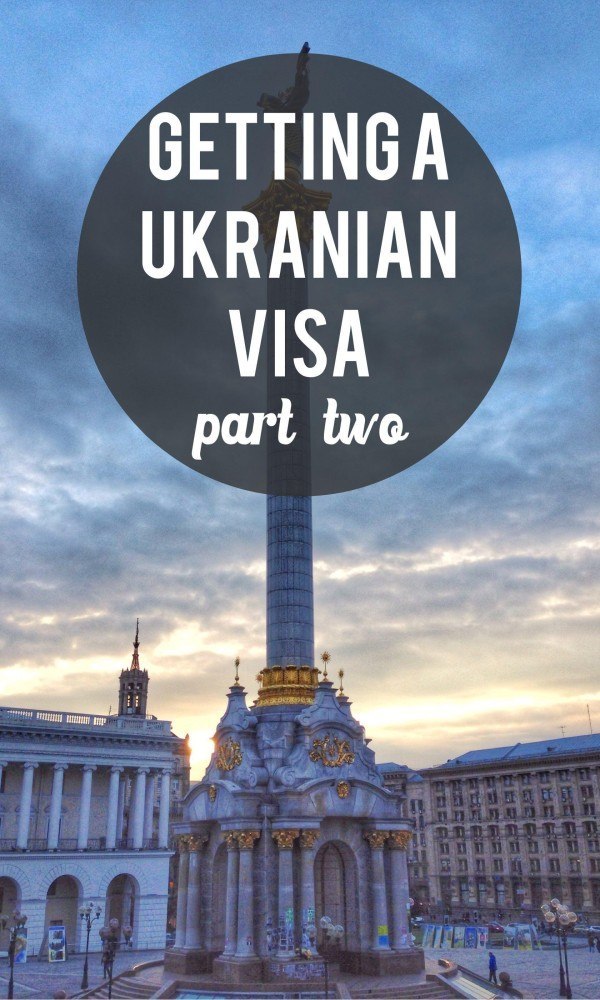Sponsored Listings:
The embassy
There was already a small crowd clustered around the entrance to the Ukrainian embassy in Chisinau when I arrived, well before the 9am opening time. Three old ladies in long skirts and flowered headscarves gripped the bars of the locked gate, middle-aged men and women held passports in gloved hands. More people arrived, asked questions of the others in Russian, received a shake of the head in reply. The cold seemed to intensify as we waited, the group slowly expanding to include a young couple, a mother and her toddler son, a well-dressed woman in her thirties.
“Ah, you’re from New Zealand?” He said in English, gesturing for me to pass through. He locked the gates behind me and followed me down the path into the now-crowded office, where he sat at a desk and pulled out a ledger book to record everyone’s details. I was last; he disappeared into a back room and came back with an application form in English.
“Fill this out then go to window number one,” he told me. There was no one behind window one, or two, or three for that matter, but eventually staff arrived and paperwork started being processed. Slowly.
I finally made it to window one after about an hour, and found that the smartly-dressed clerk behind the desk spoke English. I didn’t like what he had to say, though.
“You’re travelling for tourism?” He asked, looking at the box I’d ticked to indicate my reason for visiting Ukraine.
“Yes.”
“Where’s your tourist voucher?”
I’d been told not to bring anything except my passport and some money with me to the embassy, and I’d double-checked that I didn’t need an invitation letter. So what was this voucher?
“Travelling for tourism means you’ve booked a tour, with a guide. They should give you a voucher.”
“But I’m just going to travel around independently.”
“Ah, just change that to “private” then.”
Crisis averted. He then asked if I had a copy of my passport, and proof of travel insurance, and I passed over the documents I’d had printed two days earlier just in case. After what felt like an interminable wait, he said my visa would be ready at 3pm that same day, I just had to pay for it first.
The bank
The bank was easy to find; I followed a cluster of head-scarfed old ladies up the broken steps and into the branch. There weren’t too many people waiting to be served, but it took a full hour to get to the front of the queue. After negotiating about paying by credit card, handing over 5 lei for no apparent reason, and receiving my three receipts off the dot-matrix printer, I was good to go. I returned to the embassy, elbowed my way to the front of the queue, handed over some of the papers I’d been given.
“See you this afternoon,” said the clerk.
When I returned at 3pm, my passport was ready, complete with shiny, new, expensive visa. Now I just had to get across the border.
The border
As it happened, my nervousness was unfounded. Unlike last time, I barely even saw the border guards: one boarded our mini bus to collect our passports and look at us intently to compare our faces to our passport photos, and our documents were passed back down the bus by the other passengers after processing. No worries at all.
Well, for me, at least. My seatmate, a Russian guy in his early twenties, was left behind at the border, perhaps to have a similar experience to mine the week before. He waved sadly as the bus pulled away, taking me, finally, into Ukraine.
Source: IndieTravelPodcast.com










